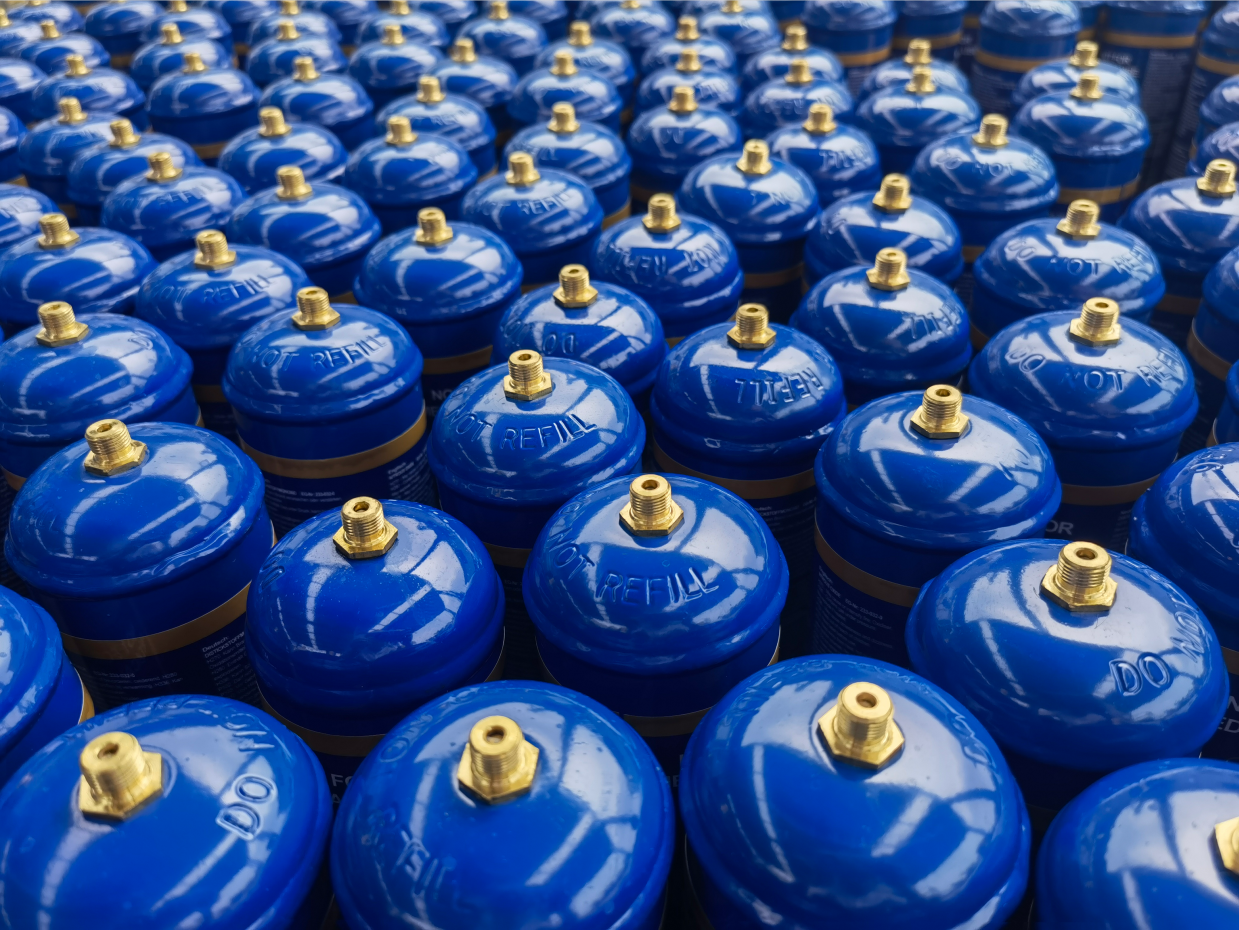
What are the food applications of nitrous oxide?
Nitrous oxide plays a crucial role in the food industry, particularly in the realm of culinary arts. One of its primary uses is as a whipping agent in aerosol cans, commonly used for whipped cream. When nitrous oxide is released from the canister, it expands rapidly, creating a foam-like texture that gives whipped cream its light and fluffy consistency. This process is easy, fast, and produces consistent results, making it a popular choice for commercial and home use.
Additionally, nitrous oxide is used in the production of carbonated beverages. It dissolves easily in liquids, providing the characteristic fizz and bubbles that we enjoy in soft drinks. Nitrous oxide is also utilized in the creation of foams and mousses, adding a delicate and airy texture to dishes.
What are the non-food applications of nitrous oxide?
Beyond the culinary world, nitrous oxide finds applications in various non-food industries. One prominent use is in the medical field, where Nitrous oxide (N2O) has been used for well over 150 years for its analgesic and anxiolytic properties. Nitrous oxide has an analgesic effect, helping to alleviate pain and induce a state of relaxation in patients.
Another significant non-food application of nitrous oxide is in the automotive industry. In the automotive industry, nitrous oxide is used as a power booster for engines. When nitrous oxide is injected into the engine, it breaks down into oxygen and nitrogen, which provides additional oxygen for the combustion process. This reaction results in an increase in horsepower and torque, making nitrous oxide a popular choice for drag racing and other high-performance applications.
What are the safety considerations when using nitrous oxide?
One of the most significant risks of nitrous oxide use is oxygen deprivation. When inhaled in high concentrations, nitrous oxide can displace oxygen in the lungs and blood, leading to oxygen deprivation and potentially life-threatening consequences such as brain damage, seizures, and even death. Prolonged use of nitrous oxide can also lead to addiction and health problems such as vitamin B12 deficiency and nerve damage.
In addition to health risks, nitrous oxide misuse can also lead to accidents and other negative consequences. The gas is often used recreationally, and people may inhale large quantities of the gas in short periods, resulting in impaired judgment and motor coordination, leading to accidents and injuries. Misuse of nitrous oxide can also lead to severe burns and frostbite, as the gas is stored under high pressure and can cause rapid temperature drops when released.
Preventing Nitrous Oxide Misuse and Abuse
In the medical and food industries, strict regulations must be enforced to prevent abuse and ensure that N2O is used safely and effectively. In the entertainment industry, education and awareness campaigns can help prevent N2O misuse and promote responsible use. Encouraging responsible use of N2O can help prevent accidents and negative consequences associated with misuse and abuse.
The Role of Education and Awareness
Education and awareness play a vital role in promoting responsible N2O use. In the medical and food industries, healthcare professionals and food service providers should be educated on the proper use and handling of N2O. In the entertainment industry, individuals should be educated on the risks and potential consequences of N2O misuse and abuse. Education and awareness can help prevent N2O misuse and abuse and promote responsible use.
